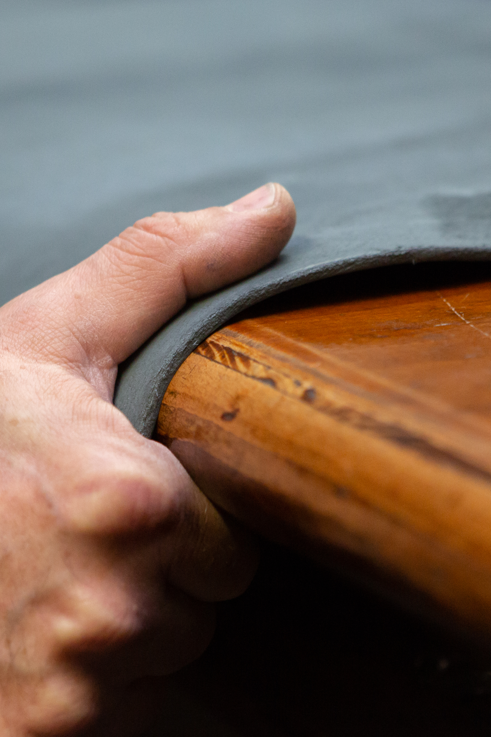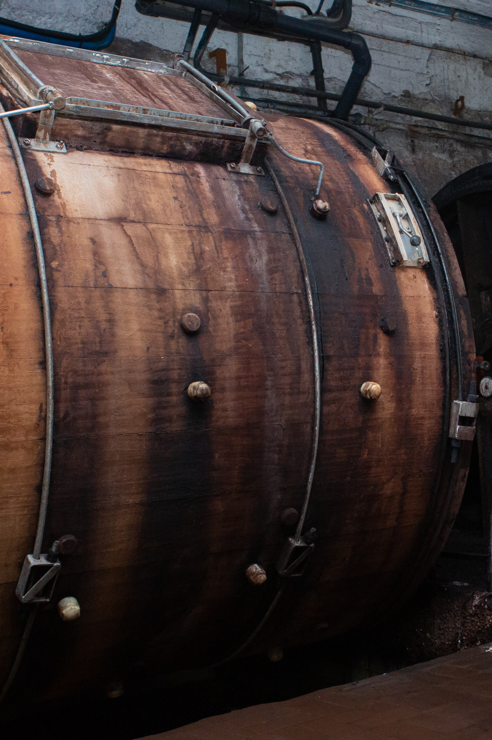
Echology
The leather industry amid societal polarisation: navigating challenges and opportunities
16 / 12 / 2024
Original content by: Leather International
The leather industry, a vital sector contributing significantly to global economies, is experiencing an era of profound change. Societal polarisation, driven by divergent views on environmental sustainability, animal rights, and economic priorities, is reshaping the landscape of leather production and consumption. This article explores how these polarising forces impact the leather industry, examining both the challenges and opportunities they present.
Environmental impact and sustainable practices
The environmental impact of leather production is a major point of contention. Traditional leather processing is resource-intensive, consuming vast amounts of water and energy, and generating significant waste and pollution. The tanning process, in particular, has come under scrutiny for its use of hazardous chemicals such as chromium, which can contaminate water supplies and pose health risks to workers and surrounding communities.
To address these concerns, the industry is increasingly adopting sustainable practices. Leading companies are investing in cleaner technologies, such as vegetable tanning and water-efficient processing methods. Additionally, the development of bio-based and recycled leather alternatives is gaining traction. These innovations not only reduce environmental impact but also align with the growing consumer demand for eco-friendly products.
Animal welfare and ethical considerations
The ethical treatment of animals in the leather industry is another polarising issue. Animal rights organisations, such as PETA and the Humane Society, have campaigned vigorously against the use of animal-derived materials, advocating for cruelty-free and vegan alternatives. These efforts have resonated with a growing segment of consumers who prioritise animal welfare and seek out ethical products.
In response, the industry is exploring alternatives to traditional leather. Materials such as mushroom leather (mycelium), pineapple leather (Piñatex), and lab-grown leather are gaining popularity. These innovations not only cater to ethical concerns but also offer unique textures and properties that differentiate them from conventional leather.
Economic implications and workforce considerations
The leather industry is a significant economic contributor, particularly in developing countries where it provides employment and supports livelihoods. However, the push for sustainable and ethical practices can create economic challenges. Transitioning to cleaner technologies and alternative materials often requires substantial investment, which can be burdensome for small and medium-sized enterprises (SMEs) in the leather supply chain.
Moreover, the shift towards automation and technological advancements in leather processing may lead to job displacement. As the industry adopts more efficient production methods, there is a risk that traditional roles may become obsolete, impacting workers’ livelihoods.
Balancing economic growth and sustainability
Balancing economic growth with sustainability is a complex task. Governments and industry leaders must navigate these challenges to ensure the continued viability of the leather sector while promoting ethical and environmental responsibility. Initiatives such as public-private partnerships, financial incentives for sustainable practices, and workforce retraining programmes can help mitigate the economic impact of these transitions.
Consumer trends and market dynamics
Consumer preferences play a pivotal role in shaping the leather industry. As societal polarisation influences buying behaviour, understanding and responding to these trends is crucial for businesses. Several key trends are currently impacting the market:
- Sustainability and Transparency: Consumers are increasingly demanding transparency in supply chains and the sustainability of products. Brands that provide clear information about their sourcing and production practices are gaining a competitive edge.
- Ethical Consumption: The rise of ethical consumption has led to a growing market for vegan and cruelty-free products. Brands that align with these values are attracting a loyal customer base.
- Quality and Craftsmanship: Despite the push for sustainability, there remains a strong market for high-quality, durable leather goods. Consumers appreciate the craftsmanship and longevity of well-made leather products.
Industry response and innovation
The leather industry is responding to these trends through innovation and strategic initiatives. Companies are investing in research and development to create sustainable and ethical products without compromising on quality. Collaborations with technology providers and material scientists are driving the development of novel materials and processing techniques.
Conclusion: navigating a polarised future
The leather industry stands at a crossroads, shaped by societal polarisation and the urgent need for sustainable and ethical practices. While these challenges are significant, they also present opportunities for innovation and growth. By embracing sustainable technologies, exploring alternative materials, and responding to evolving consumer preferences, the industry can navigate this polarised landscape and build a resilient and responsible future.
You can access the original article HERE
Continuar leyendo
Newsletter
Suscríbase a nuestra Newsletter y recibirá información sobre todo lo que nos inspira, las principales noticias, tendencias y mucho más.





















